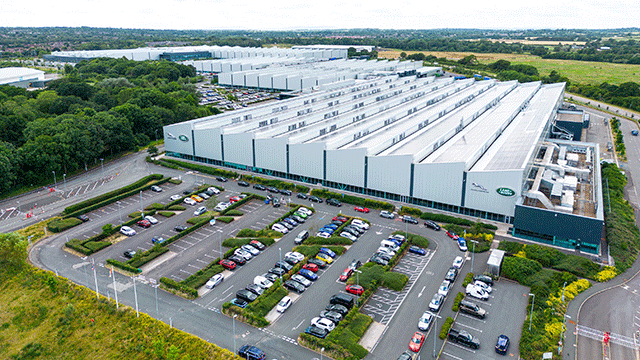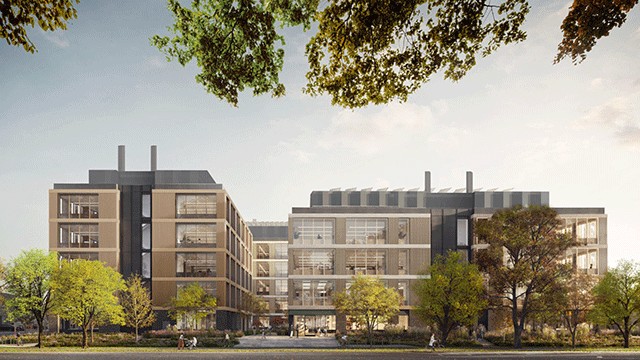COMMENT Notwithstanding the conflict in Ukraine, the backdrop for real estate markets in 2022 is one of transition to a new phase of recovery and expansion.
Prospects for household spending are being buoyed by a rebound in employment, faster wage growth and accumulated savings. Key occupiers at the beginning of 2022 are in good financial shape and are once again looking at expansion plans to capitalise on the fast pace of growth as the global economic recovery continues.
Despite a recent wobble in sentiment – linked to such factors as supply chain issues, rising costs, inflation pressures, a pick-up in Covid cases and the emergence of the Omicron variant – real estate demand is now rising sharply. Aggregate space demand is expected to recover further and remain above trend through this year, as occupier markets make up ground lost during the pandemic.
Investors weigh a return to retail
At sector level, retail still represents a significant part of the investment landscape. As services have reopened and as some of the huge jump in online spending has reverted back to physical shops, there are signs the associated rebound in store-based spending is boosting retail investment performance. After several years of decline, net operating income growth has turned positive, and based on a simple relationship with forecasts for store-based spending, it will stay positive in the coming years.
Of course, questions remain about whether this improvement is enough to tip the risk/return trade-off in favour of higher retail allocations. The sector still faces lots of challenges. Ongoing digital transformation, uncertainty about the future pace of transition to online spending and a shift toward turnover-based rents all mean a significant risk premium is required.
After a sustained period of value correction, investors are starting to consider retail again. Since 2019, almost all major retail segments have recorded declines of 10% to 30% in headline values. However, there are clear signs momentum is now turning. Parts of the market reporting positive capital growth, along with still-elevated yields, are likely to attract further investor attention in 2022.
The theme for the better-performing segments is clear, comprising mainly local, accessible, amenity-based and low-cost shopping options like neighbourhood centres in the US, retail warehouses in Europe and Australia, and smaller suburban malls in Asia Pacific. Assets in those groups are able to compete with online channels through value and convenience, and they can offer access to physical services such as gyms, restaurants and hair salons.
ESG shows up in pricing
The spotlight on ESG is also likely to intensify. An estimated two-thirds of real estate investors and fund managers have already formally adopted ESG criteria into investment processes, and this figure will rise further in the coming years. The widespread focus on ESG – and on environmental factors in particular – is relatively new, but it is already showing up in pricing.
A look at global office transactions shows that yields on highly rated green buildings have compressed more quickly than the wider market in recent years. However, a regional aspect is at play too, yielding an effect more noticeable in Europe, where the trend toward ESG-based investing started before the pandemic, driven by increased regulation. In contrast, in Asia Pacific and the US, the big shift has happened more recently – and accelerated significantly in 2021.
There is increasing evidence that buildings with environmental certification command higher rents. An assessment of various studies in the UK and the US points to a green rent premium in the range of 5% to 15%, with an average of about 10%. Looking ahead, occupiers, like investors, are committed to carbon emission reduction targets and increasingly see green buildings as sources of competitive advantage and ways to attract and retain talent.
Favourable relative pricing, a stronger rental growth outlook and an obsolescence risk associated with assets that cannot be fully modernised mean that ESG criteria are set to be crucial in determining asset-level performance in coming years. For investors, there will be opportunities to develop new, high-standard buildings and to retrofit existing properties to meet tougher standards. All of it will come at a cost, but the risks associated with older, poorer-quality stock that cannot be adapted or modernised are rising sharply.
Peter Hayes is global head of investment research at PGIM Real Estate











